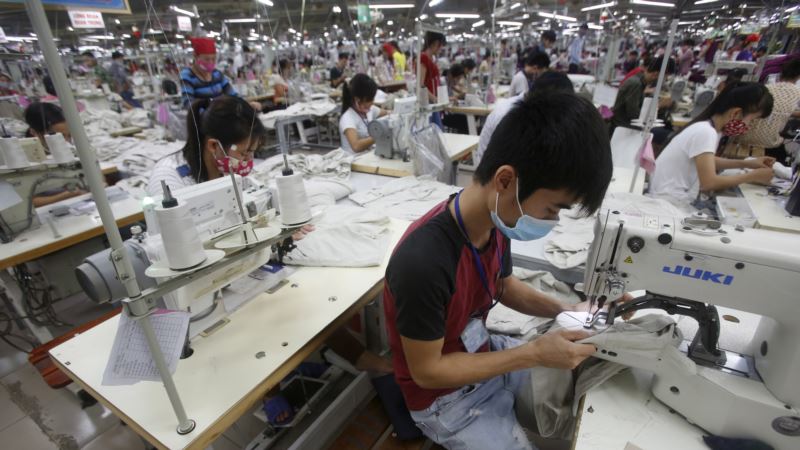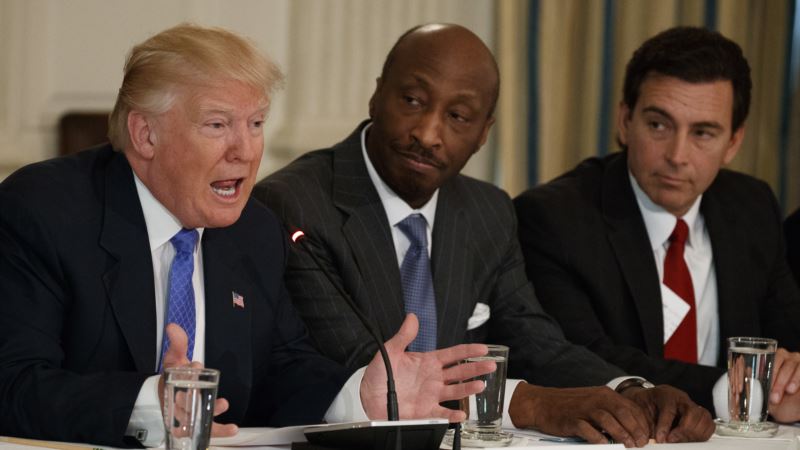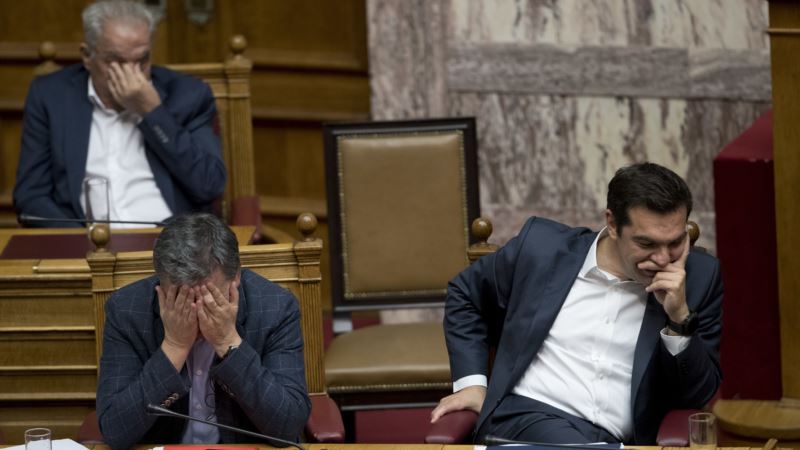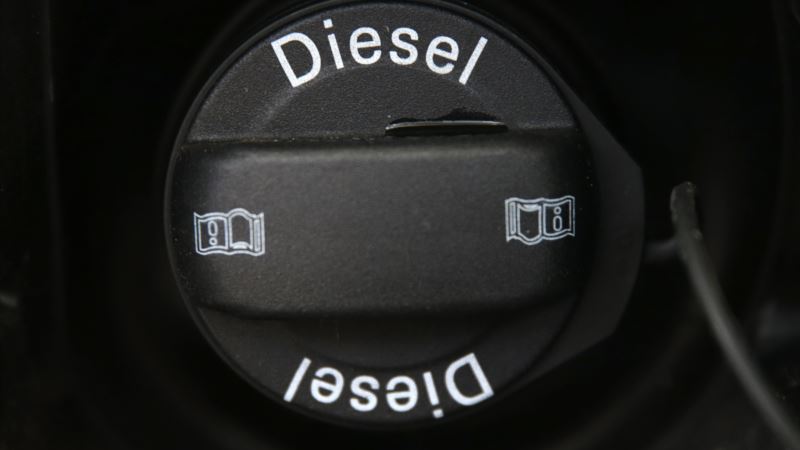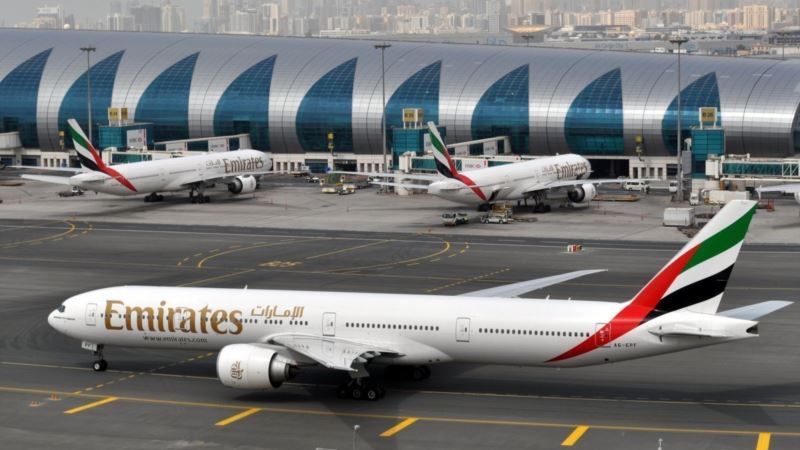Stronger ties with European and other Asian countries and an increase in foreign investment have helped Vietnam’s export-reliant economy rebound from a freeze of the massive Trans- Pacific Partnership trade deal earlier this year, analysts said. The Southeast Asian country, one of 12 in the partnership better known as TPP, was jolted briefly when U.S. President Donald Trump pulled his country out of the pact in January, saying it was bad for American workers. The TPP would have cut import tariffs on Vietnamese goods shipped to the United States, Japan and other developed markets. Exports equaled more than 90 percent of the $202 billion Vietnamese economy last year. “When that time came, we weren’t really sure how things were going to affect the country,” said Oscar Mussons, senior associate with the Dezan Shira & Associates business consultancy in Ho Chi Minh City. He said he believed back in January that American firms at least might decide against factory investments in the country . “But to be honest that [uncertainty] really only lasted for a couple of weeks,” he said. Officials saw it coming Vietnamese leaders began factoring in a mothballed TPP after Trump was elected in November. Since then, they have pushed countries in Europe for early ratification of a European Union free trade pact that was signed in 2015. They're also talking to India, China and peers in Southeast Asia. Vietnam has opened further to tourists from its main trading partner, China, since last year, bringing in 2.2 million arrivals from January through July. The TPP itself may be revived, too. Japan indicated at a meeting in Hanoi in May it would try to bring back the deal without U.S. membership. Economic liberalization at home has brought in new foreign investors even without trade deals. Direct investment rose nine percent last year to $15.8 billion, as Vietnamese media project more growth this year. Foreign firms, including Intel and Samsung Electronics, have sited Vietnam for its cheap labor and land. “Vietnam has been playing their cards pretty well,” Mussons said. “They’ve been able to reinforce their trading agreements with other countries. They’ve been trying to make their best to get closer to their neighbors.” Growth sustains, post-TPP Exports are growing along with domestic consumption, while inflation is “not an issue,” said Fiachra MacCana, research head at the stock brokerage firm Ho Chi Minh City Securities. He expects economic growth to hold around six to 6.5 percent during the next five to 10 years. That level of growth would outpace most of Asia. The economy grew 6.21 percent in 2016 and the Asian Development Bank forecasts it will expand another 6.3 percent this year. Consumption has strengthened with the rise of Vietnam’s middle class and higher, a group expected by Boston Consulting Group to reach one-third of the overall population by 2020. Much of the middle class works for foreign exporters and their local suppliers. Industry and construction are due to grow nearly nine percent this quarter, the Ministry of Planning and Investment projects. Around Ho Chi Minh City, the Vietnamese financial center, cranes dot the skyline as they build a metro line and new high-rise office towers. “In general the economy is doing fine,” MacCana said. “You see from the cranes and whatnot construction activity is very strong. So I’m not concerned about the metrics at the moment.” Vietnam keeps investors coming by building out infrastructure as well as keeping minimum wages low enough to stay attractive and exempting customs duties for companies that work in export processing zones. India as a model Indian capital has shaped up as a case study for foreign interest in Vietnam despite the lack of TPP membership. India was not part of the deal before the U.S. government pulled out. One Indian firm has built a $2.3 million thermal power plant in the Mekong Delta. Others are putting money behind Vietnam-based factories that process sugar and cashew nuts. Since 2014 the overseas subsidiary of India’s state-run firm ONGC has worked with PetroVietnam Exploration Production Corp. to explore for oil and gas in the sea off Vietnam’s east coast. The two oil firms renewed cooperation this year. About 325 firms belong to the Indian Business Chamber in Vietnam, up from just 13 in 1999 and double the figure of five years ago. More than 80,000 Indians visit Vietnam each year, probably as tourists looking eventually to invest, chamber vice chairman Radha Krishnan said. In view of that traffic, he said, a Vietnamese airline is considering the launch of its first direct flight to India. Vietnam is pinning hopes now on a tariff-cutting deal with India, China and nine countries in the Association of Southeast Asian Nations (ASEAN) for effect by 2022, Krishnan said. A decade-old strategic partnership is also letting Vietnam get more capital from India, Indian media say. “Vietnam is very seriously looking into Indian markets in a big way,” Krishnan said. “Currently the ASEAN-plus-two negotiation is going on — and [with] the strategic partnership also they are looking for enhanced access to Indian markets and vice versa. Those discussions are going on.”
Vietnam Rebounds After Sting from Demise of US-led Trade Pact
